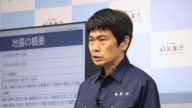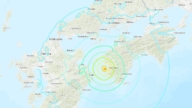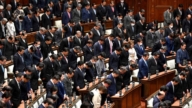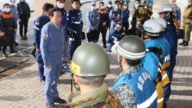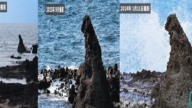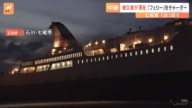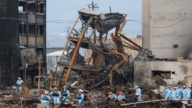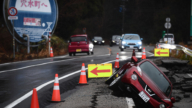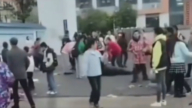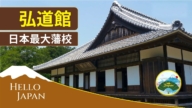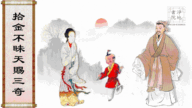【新唐人2011年3月12日訊】日本強烈地震引發的海嘯,在海上造成了不尋常的大漩渦。
日本東京和大阪都有強烈震感。東北地區和關東地區約840萬戶人家停電,建筑物因劇烈搖晃坍塌或引發大火。千葉縣煉油廠也發生了大火。 (畫面是電視臺英語報導)
The biggest earthquake to hit Japan since records began 140 years ago struck the northeast coast on Friday (March 11), triggering a 10-metre tsunami that swept away everything in its path, including houses, ships, cars and farm buildings on fire.
At least 22 people were killed in the quake and tsunami, Kyodo news agency said, and the extent of the destruction, and the forecast for the tsunami, suggested the death toll could rise significantly.
The 8.9 magnitude quake caused many injuries, sparked fires and the wall of water, prompting warnings to people to move to higher ground in coastal areas.
Around 4.4 million homes were without power in northern Japan, media said. A hotel collapsed in the city of Sendai and people were feared buried in the rubble.
Damages to buildings Fukushima can be seen everywhere. Residents in shock were rushing to nearby convenience store to purchase necessities.
The U.S. Geological Survey earlier verified a magnitude of 7.9 at a depth of 15.1 miles and located the quake 81 miles east of Sendai, on the main island of Honshu. It later upgraded it to 8.9.
Japan’s northeast Pacific coast, called Sanriku, has suffered from quakes and tsunamis in the past and a 7.2 quake struck on Wednesday. In 1933, a magnitude 8.1 quake in the area killed more than 3,000 people.
Earthquakes are common in Japan, one of the world’s most seismically active areas. The country accounts for about 20 percent of the world’s earthquakes of magnitude 6 or greater.


